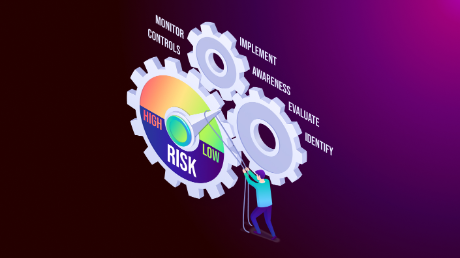
The rise of innovation sandboxes has transformed the way regulators and fintech innovators interact. Instead of forcing new technologies into rigid compliance frameworks, many jurisdictions now offer controlled testing environments—so-called “sandboxes”—that allow firms to trial novel financial products and services under close regulatory supervision. Increasingly, these sandboxes are being designed with regional characteristics in mind, offering tailored paths to regulatory integration that reflect local priorities, risks, and market structures.
At their core, sandboxes serve as safe spaces for experimentation. Fintechs and banks can test emerging technologies—such as digital lending platforms, blockchain-based settlement systems, or AI-driven risk assessment tools—without facing the full weight of regulation from day one. Regulators, in turn, gain visibility into innovations as they evolve, enabling proactive risk assessment and policy adaptation. This symbiotic approach fosters trust between innovators and regulators, ultimately accelerating the pace of responsible financial innovation.
However, no two sandboxes are alike. In Europe, frameworks often emphasize harmonization with broader EU directives, aligning local experiments with continental standards like the Digital Finance Strategy. In Asia, sandboxes tend to support rapid experimentation, reflecting the region’s competitive fintech ecosystems and drive for digital financial inclusion. Meanwhile, in Africa and Latin America, sandboxes often focus on expanding access to the unbanked and underbanked, aligning with development goals as much as regulatory oversight.
This regional tailoring is key. By adapting sandbox structures to local conditions, regulators can ensure that innovation addresses pressing market needs while mitigating systemic risks. For example, in countries with high mobile money penetration, sandboxes may prioritize digital payments and remittances, while in advanced markets with mature financial infrastructures, they may focus on cybersecurity, data governance, and open banking.
The broader benefit lies in regulatory integration. Sandboxes not only prepare firms for compliance but also give regulators firsthand insights into how existing frameworks might need to evolve. Over time, lessons learned from sandbox testing feed into permanent rules, shaping everything from AML standards to digital identity frameworks. This iterative process helps regulators strike a balance between fostering innovation and safeguarding financial stability.
Yet, challenges remain. Critics caution that sandboxes could create uneven playing fields, giving selected firms preferential access to regulators. Others argue that sandboxes may not scale well, as solutions that succeed in one jurisdiction may face hurdles when applied cross-border. Furthermore, without international cooperation, fragmentation risks may arise, limiting the ability of fintechs to operate seamlessly across regions.
Despite these hurdles, the momentum behind sandboxes continues to grow. Organizations such as the Global Financial Innovation Network (GFIN) are working to connect regional sandboxes, offering cross-border testing opportunities. This marks an important step toward a more integrated global financial regulatory landscape, while still respecting local contexts.
For banks, fintechs, and policymakers, the message is clear: innovation sandboxes are not just temporary experiments but strategic tools for shaping the future of finance. By offering regionally tailored paths to regulatory integration, they enable innovation to flourish responsibly, aligning new technologies with both local realities and global standards.
The coming years will likely see sandboxes evolve further—from isolated pilot programs into permanent regulatory infrastructures that bridge the gap between rapid innovation and systemic resilience. As financial systems become increasingly digital, those regions that embrace tailored sandbox models will be best positioned to harness fintech’s transformative power while ensuring consumer trust and market stability.

Jessica Wright
Junior Editorial
Email: jessica.wright@theempiretimes.org
All stories by : Jessica Wright



















3 Comments
Ruth M. Reed
August 29, 2025 at 8:24 pmClear and timely analysis—this really helps make sense of recent market movements.
ReplyPhillip C. Baker
July 21, 2025 at 10:44 pmImpressive to see how much Big Tech is investing in R&D this year. 2025’s shaping up to be a turning point.
ReplySarah T. Coleman
July 11, 2025 at 14:44 pmGreat coverage on U.S. AI policy—finally some clarity for global investors.
Reply